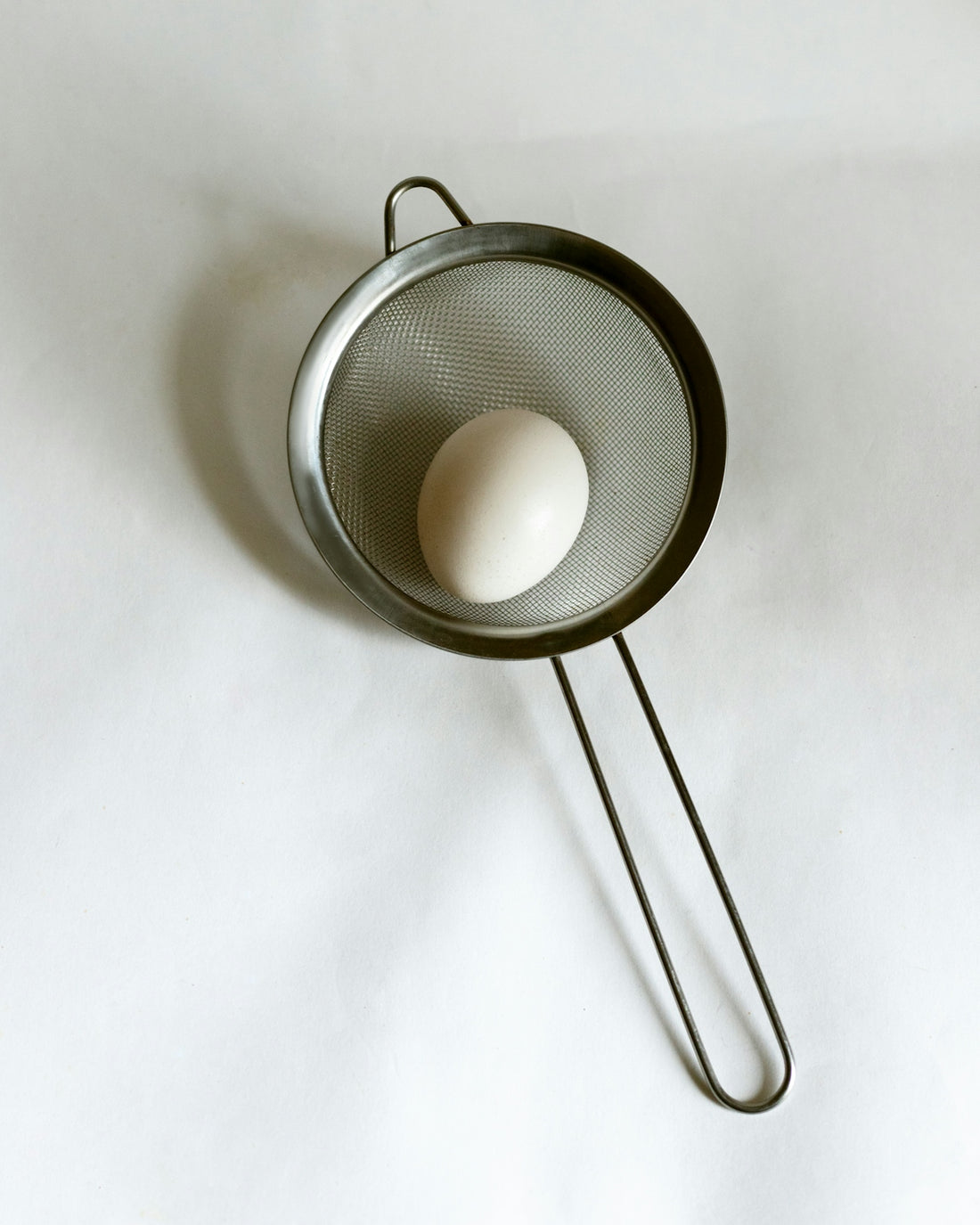
Managing Your Sourdough Starter Feeding and Storage with Ease
Sourdough baking is a journey that many embark on to create homemade sourdough delights. Whether you are an enthusiast or a beginner in the world of sourdough, understanding how to manage your sourdough starter feeding and storage can make all the difference. In this blog post, we will dive deep into the essentials of maintaining your sourdough starter, ensuring you enjoy a fulfilling sourdough life filled with delicious homemade sourdough bread.
Understanding the Basics of Sourdough Starter
A sourdough starter is a culture of flour and water that is inhabited by wild yeast and naturally occurring bacteria. When given the proper care and feeding, this mixture becomes the heart of your sourdough bread recipe. The natural fermentation that occurs—often referred to as wild yeast fermentation—gives sourdough its unique flavor and artisan charm.
For those new to sourdough or looking to refine their sourdough baking tips, having the right tools can set you up for success. Consider investing in a Sourdough Starter Kit 24 Oz Sourdough Container Silicone Spatula Thermometer Lid to begin your journey with precision and ease.
Feeding Your Sourdough Starter
When exploring how to feed sourdough starter, the key is consistency. Your starter must be fed regularly to maintain its health. Here's a simple sourdough starter feeding schedule to follow:
- Daily Feeding: For an active starter, especially one that is kept at room temperature, a daily feeding may be necessary. This involves discarding a portion of your starter and replenishing it with equal parts flour and water.
- Weekly Feeding: If you store your starter in the refrigerator, it will require less frequent feeding. A weekly refresh is generally sufficient.
Sourdough Starter Troubleshooting
If your starter isn't bubbling or is developing an unpleasant odor, don't panic. Check if you are following the feeding schedule correctly and ensure the proportions of flour and water are right. Over time, you'll learn to troubleshoot based on changes in texture or aroma.
Storing Your Sourdough Starter with Ease
Knowing how to store sourdough starter appropriately can save you from unwanted surprises. Here are a few methods:
- Refrigeration: For infrequent baking, store your starter in the refrigerator in a clean, airtight jar. This slows down fermentation, allowing you to feed it weekly.
- Freezer Storage: For longer breaks, spoon a small amount of your active starter into a new clean jar and store it in the freezer. Re-awakening a frozen starter involves thawing and re-feeding in stages.
Sourdough Baking Tips for the Perfect Loaf
How to Bake Sourdough Bread
Baking sourdough bread involves more than just following a recipe. Here are steps to perfect your technique:
- Hydration: Understanding the hydration of your dough is crucial. The percentage of water can greatly affect texture and crumb structure.
- Kneading and Folding: This helps develop gluten, which is vital for structure and elasticity.
- Proofing: A well-proofed dough can yield a better rise and texture. Consider using a Lame Bread Proofing Basket Kit for accurate proofing.
Best Sourdough Scoring Techniques
Scoring your sourdough allows controlled expansion during baking. A Bread Lame is perfect for this. Practice different designs and ensure your scores are deep enough to prevent the loaf from bursting irregularly.
How to Shape Sourdough Bread
Shaping your loaf correctly ensures even baking and a beautiful crust. After the initial rise, use a gentle hand to shape, maintaining the dough's structure.
Addressing Sourdough for Specific Needs
Sourdough Starter vs. Yeast
Unlike commercial yeasts, a sourdough starter relies on natural fermentation, offering a more complex flavor profile. For many, this makes sourdough bread more digestible.
Sourdough for Diabetics
Some studies suggest sourdough bread may have a lower glycemic index compared to other breads, potentially making it a better option for those managing diabetes. Always consult a healthcare professional for personalized dietary advice.
Conclusion
Managing your sourdough starter with ease involves understanding its basics, maintaining a consistent feeding schedule, and proper storage techniques. Whether you're troubleshooting or refining your sourdough scoring techniques, each loaf crafted with love adds joy to your sourdough life. Explore the range of tools available, like the Non Stick Silicone Baking Mat for efficient baking, and embrace the fulfilling journey of artisan bread baking.
For more sourdough insights, visit Italian Sourdough and explore the art of easy sourdough bread making.
